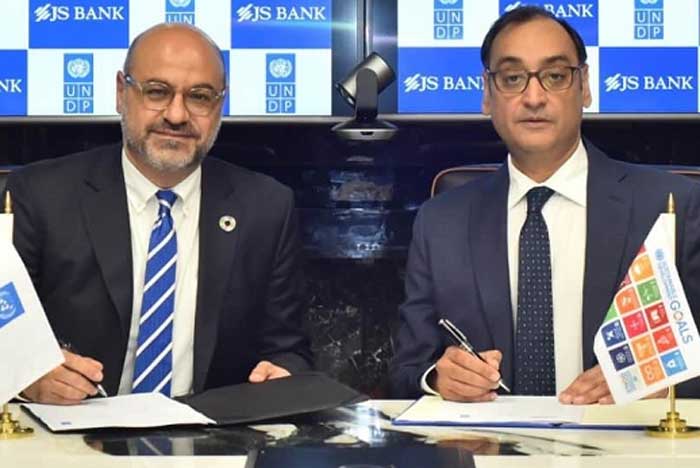KARACHI: State Bank of Pakistan (SBP), Wednesday, released Quarterly Payment Systems Review for the second quarter of the fiscal year 2023-24 that shows significant growth in use of digital financial services for payments and transactions across the country.
According to the payment system review for Q2-FY24, the user base of the payments infrastructure experienced growth in the quarter while Mobile and Internet Banking remains the preferred mode of digital transactions for Pakistanis.
Mobile Banking Users reached 16 million and Internet Banking Users reached 11 million in the second quarter of fiscal year 2023-24 indicating a quarterly growth rate of 8% and 5%, respectively, the report stated.
“The number of e-wallets registered with EMIs also increased by 15% to 2.7 million during the quarter marking a more than twofold increase in last four quarters,” the report mentioned adding that, over 67 million m-wallets were registered with Branchless Banking (BB) service providers.
During Q2-FY24, retail transactions processed by Banks, MFBs and EMIs, witnessed a quarterly growth of 15%, as compared to the 5% growth in the previous quarter.
During the quarter under review, volume of digital transactions constituted 82% of the overall retail transactions, compared to 80% during the previous quarter. However, in terms of value, over-the-counter (OTC) transactions constituted 85% share of the overall retail transactions.
In the same quarter, more than 90% of the retail fund transfers and 73% of bill payments and mobile top-ups were conducted using digital channels. In the previous quarter, the share was 88% and 68% respectively.
Break-up of digital transactions by channel reveals that 42% of the transactions were conducted through mobile phone banking and 35% through ATMs. Rest of 23% transactions were conducted through/at POS machine (10%), internet banking (9%), e-wallets (3%) and e-commerce (2%).
By value, mobile phone banking contribution was 54%, internet banking 26%, ATMs 18%, POS 2% and rest of the channels collective contribution was less than 1%.
Raast (Instant Payment System) and PRISM (Real Time Gross Settlement System) significantly contributed to the digital financial services nationwide.
Raast played a pivotal role by facilitating 107 million funds transfer transactions free of cost, totaling more than Rs2 trillion in Q2-FY24 while RTGS processed 1.5 million large-value payments, amounting to Rs273 trillion.
Breaking down the values of RTGS, 29% were attributed to funds transfer settlements, 70% to government securities settlements, and 1% to clearing transactions settlements.
In recent quarter, the adoption of Raast, Pakistan’s instant payment system, has started to gain momentum and transaction growth surged from 12% in the last quarter (Q1 FY24) to an impressive 32% in the current quarter (Q2 FY24). In terms of value, Raast P2P facilitated transactions worth PKR 2.3 trillion, a notable increase from PKR 1.7 trillion in Q1 FY24.
Meanwhile in the second quarter, SBP has launched interoperable Raast Person to Merchant (P2M) Service to facilitate digital payment acceptance for merchants and businesses as well.
As of quarter-end Q2-FY24, number of payment cards stood at 59.2 million which was 54.3 million in previous quarter Q1-FY24. More than 82% of the total cards were issued by Banks & MFBs, while 12% were issued by BBs and the remaining 6% were issued by EMIs.
These cards comprised of debit cards (81.7%), credit cards (3.4%), social welfare cards (14.6%) and prepaid cards (0.2%).
The quarterly review stated that Pakistan’s payments infrastructure consists of 33 Banks, 11 Microfinance Banks (MFBs), 5 Payment System Operators/Service Providers (PSOs/PSPs), 5 Electronic Money Institutions (EMIs), the Real-Time Gross Settlement System PRISM, Raast Instant Payment System, and various Fintechs.
As of the end of the 2 nd quarter of the fiscal year 2023-24, Banks and MFBs were offering their services through a network of 18,178 branches, 18,441 ATMs, 121,987 POS machines, and E-commerce payment gateways serving 7,630 registered e-merchants.
In addition, 16 banks and MFBs were also providing Branchless Banking (BB) services, broadening the accessibility of banking services. – APP
Digital financial services experience sizeable growth in Q2-FY24: SBP




